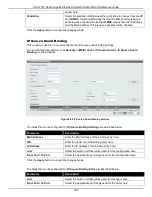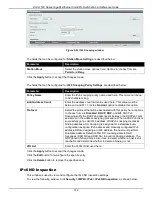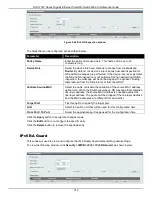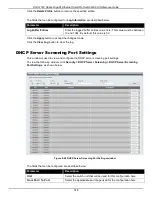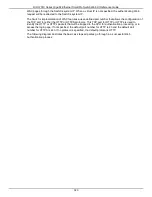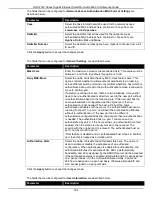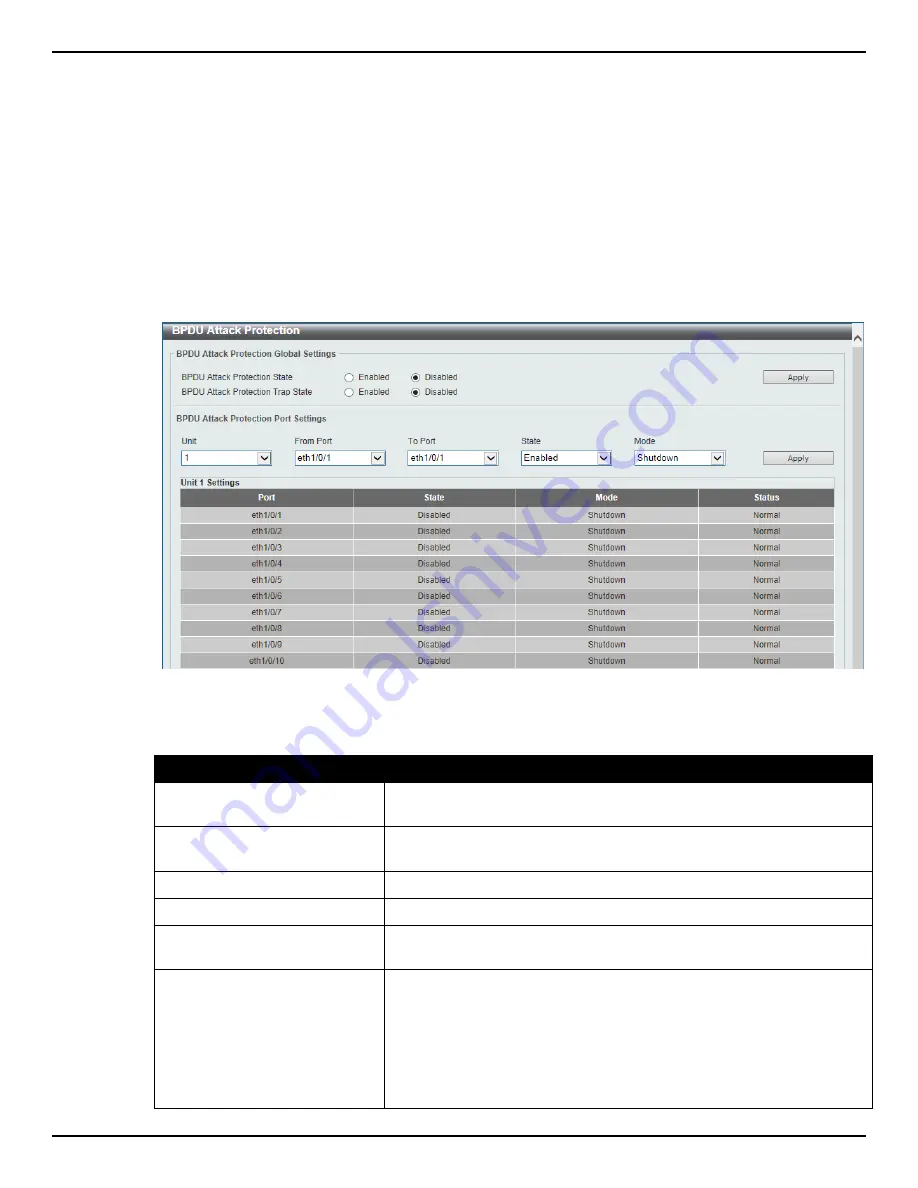
DGS-1510 Series Gigabit Ethernet SmartPro Switch Web UI Reference Guide
320
The under attack state have three modes: drop, block, and shutdown. A BPDU protection enabled port
will enter an under attack state when it receives one STP BPDU packet and it will take action based on
the configuration. Thus, BPDU protection can only be enabled on the STP-disabled port.
BPDU protection has a higher priority than the FBPDU setting configured by configure STP command in
the determination of BPDU handling. That is, when FBPDU is configured to forward STP BPDU but BPDU
protection is enabled, then the port will not forward STP BPDU.
BPDU protection also has a higher priority than the BPDU tunnel port setting in determination of BPDU
handling. That is, when a port is configured as BPDU tunnel port for STP, it will forward STP BPDU. But if
the port is BPDU protection enabled. Then the port will not forward STP BPDU.
To view the following window, click
Security > BPDU Attack Protection
, as shown below:
Figure 9-62 BPDU Attack Protection window
The fields that can be configured are described below:
Parameter
Description
BPDU Attack Protection State
Select to enable or disable the BPDU attack protection feature’s global
state here.
BPDU Attack Protection Trap
State
Select to enable or disable the BPDU attack protection feature’s trap
state here.
Unit
Select the switch unit that will be used for this configuration here.
From Port / To Port
Select the appropriate port range used for the configuration here.
State
Select to enable or disable the BPDU attack protection feature’s state
on the port(s) specified.
Mode
Select the BPDU attack protection feature’s mode that will be applied
to the port(s) specified. Options to choose from are
Drop
,
Block
and
Shutdown
.
Drop
– Drop all received BPDU packets when the port enters under
attack state.
Block
– Drop all packets (include BPDU and normal packets) when the
port enters under attack state.
Summary of Contents for DGS-1510 Series
Page 1: ...1...



